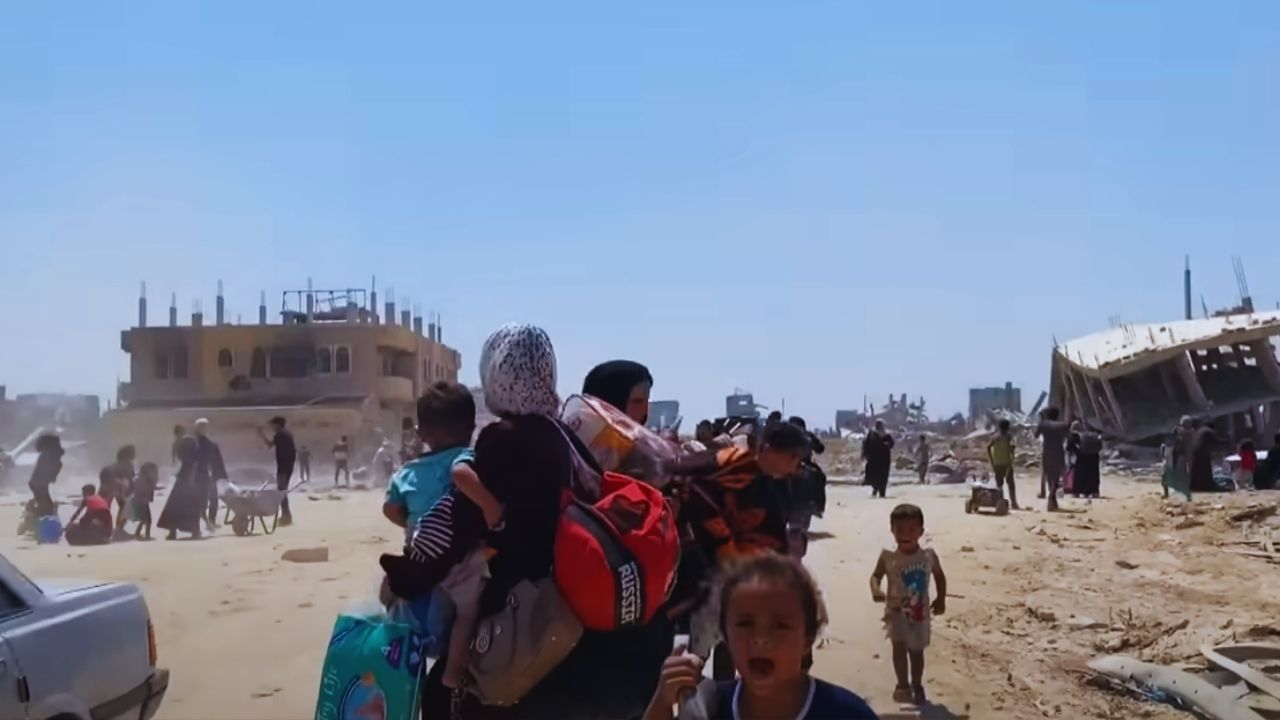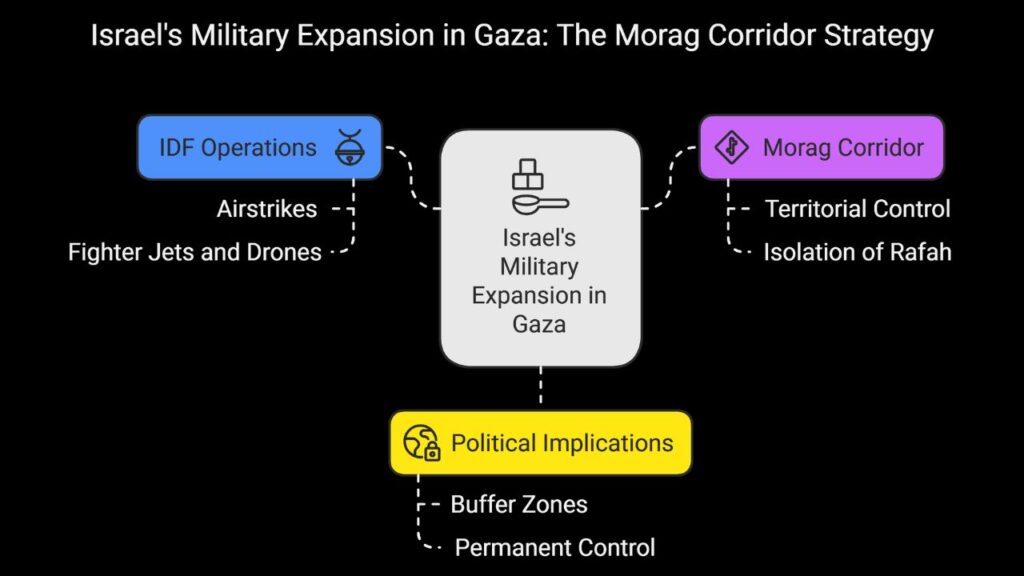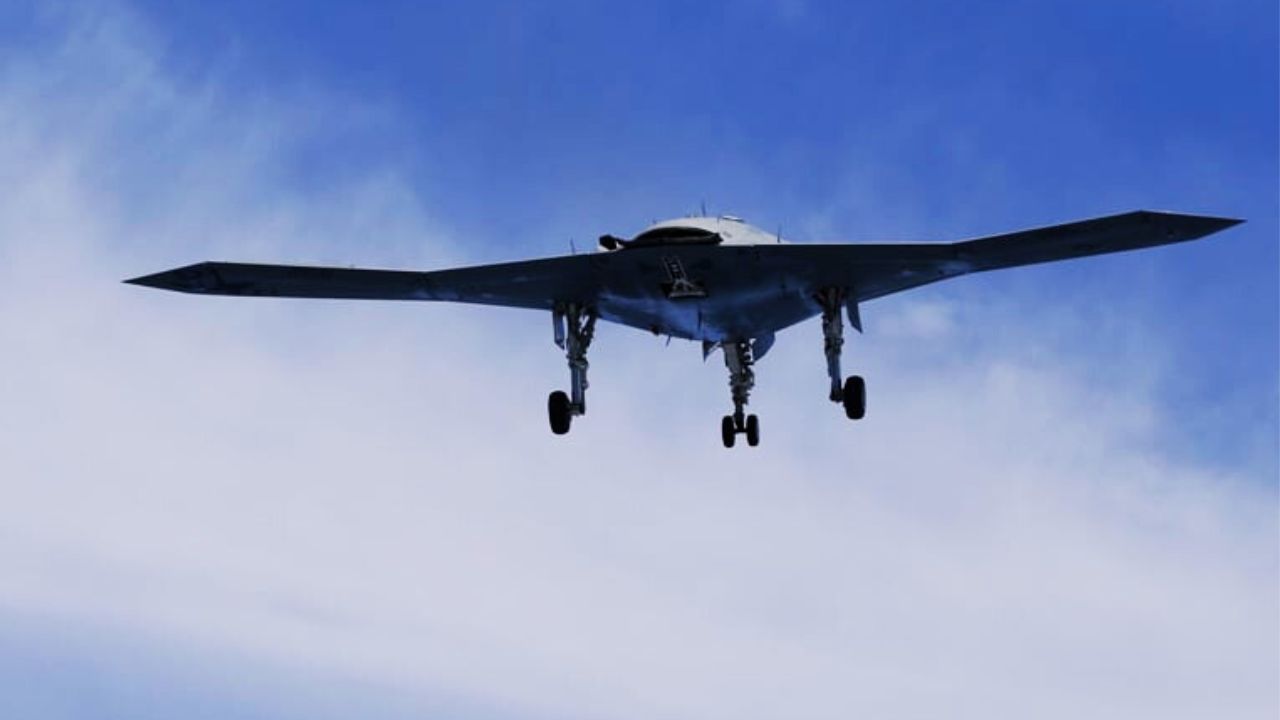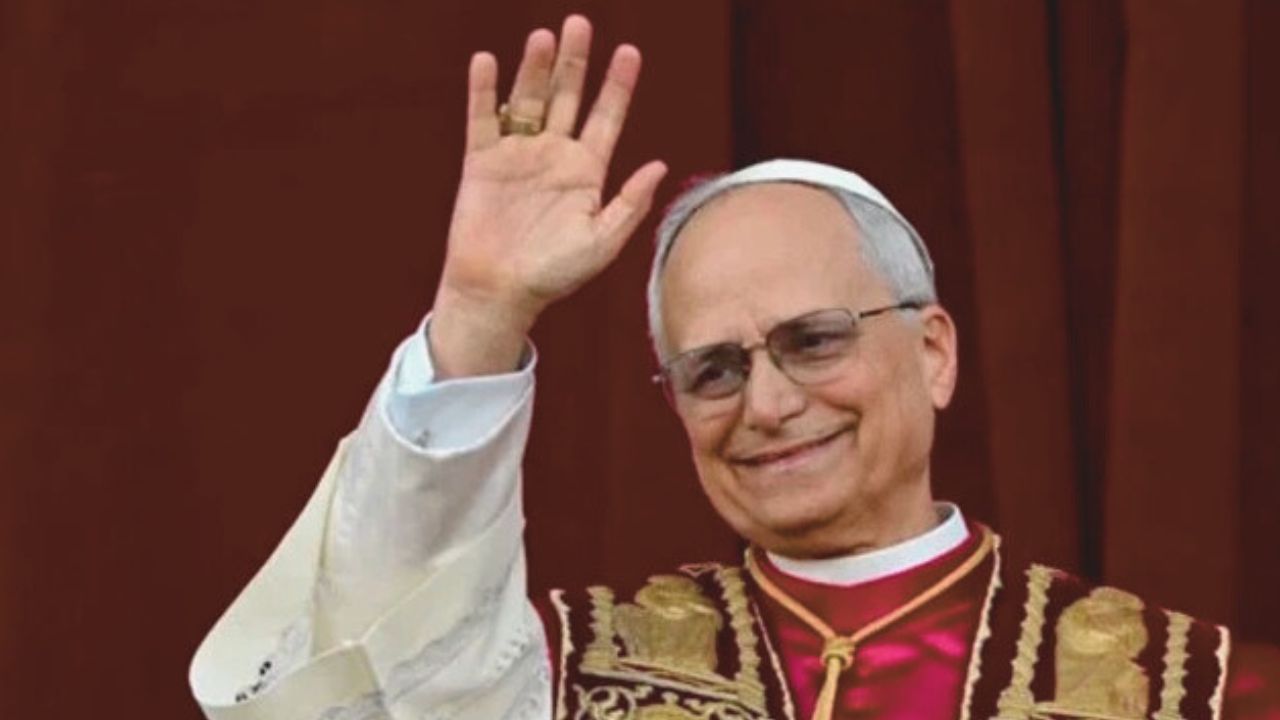In a major development in the ongoing Israel-Gaza conflict, Hamas has officially rejected Israel’s latest ceasefire proposal. The militant group declared it would not agree to any partial agreements and is instead calling for a comprehensive deal—one that would not only ensure the release of hostages but also bring an end to the war and facilitate the release of Palestinian prisoners from Israeli custody.
What Was in Israel’s Ceasefire Offer?
The offer made by Israel, according to multiple reports including from Kan TV and The Guardian, involved a 45-day temporary ceasefire. In exchange, Hamas would release 10 hostages believed to be in captivity in the Gaza Strip. This proposal was reportedly presented through Egyptian and Qatari mediators earlier this week.
Despite the urgency, Hamas made it clear that this offer was inadequate. The group emphasized that any deal must involve the release of all remaining hostages, an end to Israeli air and ground operations, and a complete withdrawal of Israeli troops from Gaza.
Khalil al-Hayya, a senior Hamas political leader and key negotiator, stated:
“We refuse partial deals that aim to serve Netanyahu’s domestic political interests. Our position remains unchanged—we demand a full cessation of hostilities and a just prisoner exchange.”
Hostage Status: How Many Are Left?
As of now, Hamas is believed to be holding 59 hostages, with only 24 confirmed to be alive, according to Israeli government sources. The rest are either presumed dead or unaccounted for, raising serious concerns among the families of those captured during Hamas’ October 7, 2023, cross-border assault.
Tensions escalated further when, earlier this week, Hamas announced it had lost contact with the group guarding Edan Alexander, an Israeli-American dual national. According to Al Jazeera and Haaretz, the area where Alexander was allegedly being held was hit by a massive Israeli airstrike, and communication has since been severed.
Israel’s Military Expansion in Gaza: The ‘Morag Corridor’ Strategy
Parallel to the diplomatic standoff, the Israeli Defense Forces (IDF) have continued a broad military offensive in Gaza, particularly since the collapse of a two-month ceasefire on March 18, 2025. According to IDF statements and reports from NDTV and Reuters, the Israeli military has:
- Launched over 1,200 airstrikes
- Deployed 350+ fighter jets and drones
- Expanded territorial control to approximately one-third of Gaza, primarily through the establishment of a new strategic zone called the “Morag Corridor”
The Morag Corridor, cutting across southern Gaza, effectively isolates Rafah from the rest of the Strip. Israeli Defense Minister Yoav Gallant confirmed this move was part of a long-term military doctrine aimed at creating “buffer zones” and securing permanent Israeli control over key areas.
“Our troops will not withdraw from the newly established security zones,” said Israeli Minister Israel Katz. “These are necessary to ensure the safety of Israeli communities near the border.”
A Worsening Humanitarian Crisis in Gaza
The humanitarian situation in Gaza has reached critical levels, drawing warnings from international aid agencies, the UN, and rights watchdogs. Israel has maintained a full blockade on humanitarian aid since March 2, 2025—including food, water, fuel, and medical supplies. The World Health Organization (WHO) and Human Rights Watch (HRW) have issued dire assessments:
- Over 85% of Gaza’s population is now displaced.
- Access to clean water is almost nonexistent.
- Only 11 out of 36 hospitals in Gaza remain partially functional.
- Malnutrition rates among children have surged dramatically.
Catherine Russell, Executive Director of UNICEF, condemned the ongoing blockade:
“Images of burned tents, injured children, and lifeless bodies should haunt the conscience of the global community. We urge all parties to ensure humanitarian corridors are opened immediately.”
International Diplomacy and Response
Efforts to mediate a truce have intensified in recent weeks. Egypt and Qatar, longtime intermediaries in the Israel-Gaza conflict, have been working closely with the United States to broker a deal. Despite these efforts, the latest round of diplomacy appears to have stalled.
The White House released a statement expressing disappointment in Hamas’ rejection of the Israeli proposal but reiterated that both parties must take “meaningful steps toward peace”. former President Joe Biden also called for unhindered humanitarian access to Gaza and highlighted the plight of the hostages.
Meanwhile, European leaders including French President Emmanuel Macron and German Chancellor Olaf Scholz have voiced concern over Israel’s expanding military operations and have warned of long-term instability if the humanitarian crisis worsens further.
What’s Next? A Deadlock with No Clear Endgame
With no ceasefire in place, increasing hostilities, and expanding territorial divisions, the prospects for peace remain bleak. Both Israel and Hamas appear entrenched in their positions:
- Israel insists on limited truces focused on hostage recovery and maintaining military presence for national security.
- Hamas demands a comprehensive ceasefire, full withdrawal, and release of all Palestinian prisoners before agreeing to release hostages.
In the meantime, civilians in Gaza continue to bear the brunt of the violence, and families on both sides remain in distress over missing loved ones and the absence of any meaningful resolution.
The Information is Collected from BBC and CNN.








































